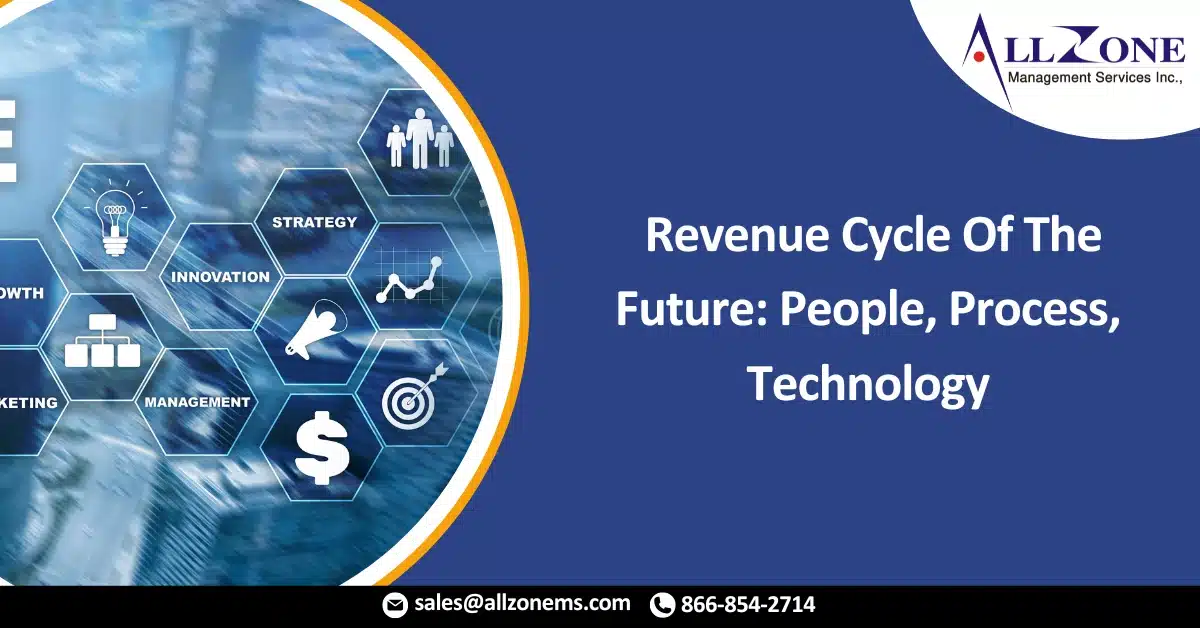As the revenue cycle of the future becomes more automated and technology takes over rote tasks, revenue cycle employees need more complicated problem-solving skills and a deeper knowledge base than ever before.
Technology is only as good as the data that’s fed into it, and the data is only as good as the people behind it. That’s why as the revenue cycle of the future becomes more automated, leaders need to think about balancing people, process, and technology.
First, revenue cycles must find the sweet spot between using new and existing technology.
For instance, MetroHealth in Cleveland, Ohio, is increasingly using emerging technology like AI and RPA to assist in what Donna Graham, MetroHealth’s vice president of revenue cycle, calls the “big shift to self-service and patients scheduling their own visits and registration in self-service portals and kiosks.”
“We implemented a strategy of RPA (robotics and cognitive automation/machine learning) as a quality assurance tool, which validates all payer information,” she says.
In fact, self-service portals can be used for a variety of patient tasks, as Jacob Rouse, director of revenue cycle at Bellin Health in Green Bay, Wisconsin, describes.
“It’s paying bills online, but it’s also some level of open scheduling, some level of registering, viewing your test results online, etc. Really our goal is to get people to pay online while selling more than just, ‘Come pay your bill.’ Instead, we want patients to know all the things that you can do if you connect with us online. You get all these benefits,” he says.
Revenue cycles also must make sure they’re using existing technology to its fullest extent.
Jana Danielson, vice president of revenue cycle at Nebraska Medicine in Omaha, Nebraska says they’ll always lean toward using their core system as much as possible, and bolt-ons need to demonstrate a significant value over what they’re currently using.
“The flip side of that is, if for some reason a bolt-on does provide value significant enough to select it and implement, it’s not going to be a forever thing. On an annual basis or as things change, you’re always evaluating, ‘Do I need to continue with this bolt-on type technology or do I not?’ We’re all trying to figure out how to do things more efficiently and spend less,” she says.
As technology takes over rote tasks, revenue cycle employees need more complicated problem-solving skills and a deeper knowledge base than ever before.
That’s why leaders understand that the revenue cycle of the future must be robustly staffed with employees who receive extensive job training and education.
At UC San Diego Health in San Diego, California, where Terri Meier, CHFP, CRCR, CSMC, CSBI, director of system patient revenue cycle, developed an education community within her department to build organizational talent.
“It enabled me to develop organizational talent. We also implemented registration coaches. We trained very extensive knowledge workers that can support to registration to get the right information and pick the right insurance,” she says.
Peer education is also important at Wellstar Health System in Atlanta, Georgia, says Derek Dudley, associate vice president of revenue cycle operations.
“In a huddle, if someone has worked a particularly ugly issue, they walk the group through,” he says. “Someone might share that they had this issue with a payer, this is what happened, and this is what we did to resolve it.”
For More Information: building revenue cycle future people process technology

